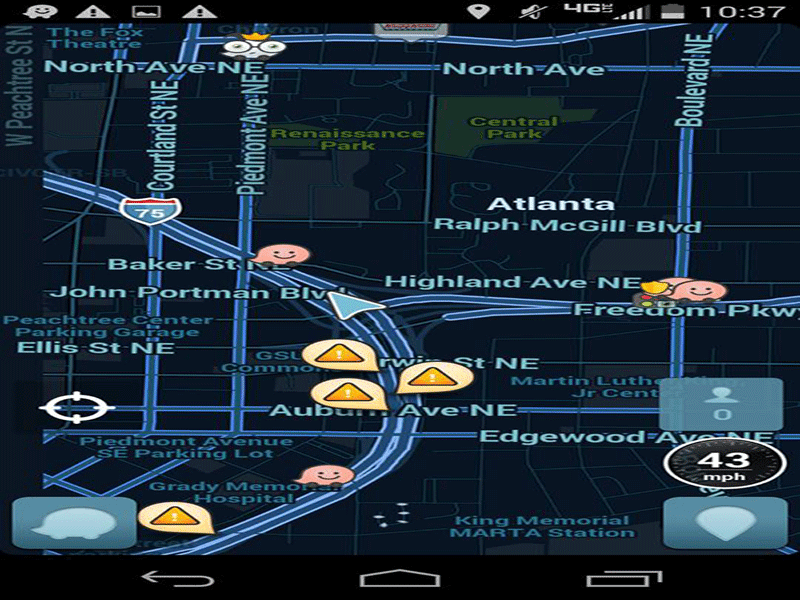It’s about time. Customers, like everyone else, have a different notion of time than they used to. The internet and mobile devices have done that—we can access the whole world of knowledge with our fingertips, instantly.
This also applies to customer complaints. More quickly than ever, customers can lodge complaints against our companies—so fast, in fact, that they can now do it in real time. We have to respond in real time, too.
While Still on the Bus
I have a friend who just took a commercial passenger bus from Jacksonville, Florida to Atlanta, Georgia. He described the trip as “very terrible” and took to social media to complain…while he was still on the bus.
The trip started off on the wrong foot when my friend sat in the two seats right behind the bus driver. According to my friend, the driver told him passengers weren’t allowed to sit in those seats. My friend asked why. The driver told him “it’s for ‘security reasons’ and threatened to pull over and call state troopers” unless he moved.
The trip got worse when my friend, after having moved to another seat, reported to the driver that the roof was leaking water and getting his clothes and bags wet. He said the driver told him he would kick him off the bus if he complained anymore. The trip got even worse when the driving started speeding.
Real-Time Complaints
Rather than sit idly, my friend used his time to report to the company on how his trip was going.
First, he called the company’s customer service line and asked whether there was a rule stating passengers couldn’t sit in the seats directly behind the bus driver. According to my friend, “they said there is no such policy.” (He suspected the driver wanted the seats for his own bags.)
Next, he took a video of the leak (image above).
Next, he took screenshots of the GPS that showed the bus speeding at several points:


Finally, he posted a frame shot of the leak and the screenshots of the bus speeding onto the company’s Facebook page, along with an explanation of what was happening and how it was making him feel.
He did this in real time.
Fast, Like Our Customers
The internet, social media and mobile devices are changing customer expectations—they now expect things to happen immediately because that’s how the digital world works.
If customers can lodge complaints in real time through social media, even using video, audio and pictures to document their experiences, it means we have to respond in real time.
In the case of this bus ride, it means the company should have monitored its social media, written back to my friend while he was still on the bus and even called the driver with instructions on how to repair the situation.
If the company had done that, my friend would have put that up on Facebook too. (I guarantee it—he’s a fair guy.) And the company would have come out looking a whole lot better than it did.
The point is, customers can complain in real time—to keep up, we need to respond in real time too.

